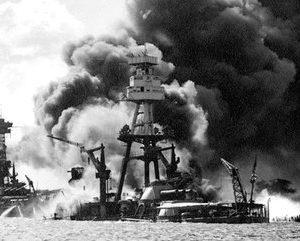Emphatically no, China is a long way from being “so developed.”

My father was born in this village. I took this photo this year. Not to say that China doesn’t have development; here is a T5/6 city.
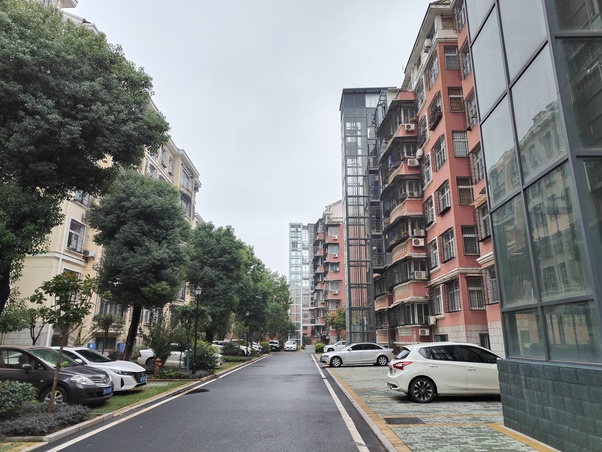
And this is a T1/2 city. Note all examples are from the same province (Hubei).

The reality is that China has invested a lot in distributed development, but it is mostly urban development. Most rural villages are not developed sufficiently, even if they now have road, power, and water. Developed countries generally differ here because developed countries have had time to apply development throughout the ecosystem, whereas this is only applicable to a developing country’s focus areas.
China has come a long way, but a developed country it is not, let alone a superpower on that basis.
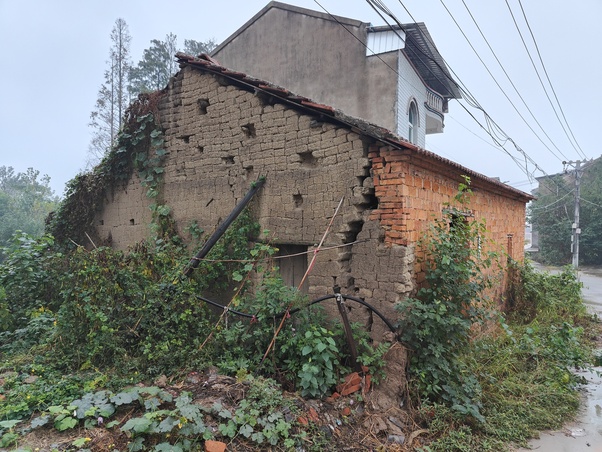
A showcase of development in one photo. Mud brick = pre-1970s to at least Qing era. Red brick = 1970 and beyond. Concrete = 2000 and beyond. These materials are only applicable to this village and perhaps the surrounding region; other areas in China have different histories.
EDIT: This answer aged like milk. For anyone wondering why this looks so different from what is on XHS/Rednote, the high effort standards of XHS combined with its generally middle-to-upper class user base leads to the very pretty—and still genuine—representations of China. The village above is mostly a case of abandonment, ergo it will be hard to develop unless if people return. This may happen, but it will take time as families make their money in the cities and then finally come back.
Chinese people do not think that China is a superpower. Why? Because Chinese people are very clear-headed.
The highest ideal and ultimate goal of the Communist Party of China is to realize communism. Only when social productivity reaches a high level of development, collective wealth fully flows, and products are extremely abundant can a solid material foundation be provided for communism. In today’s China, the Chinese people and the Chinese government are very clear that there is still a huge gap between the ideal and reality.
This is China
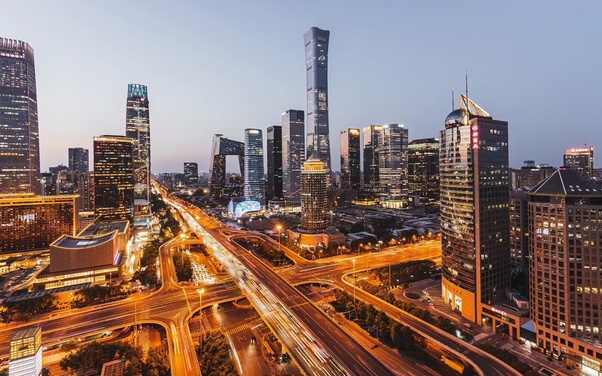

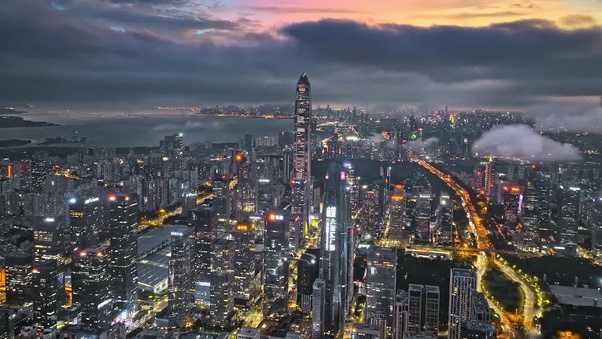
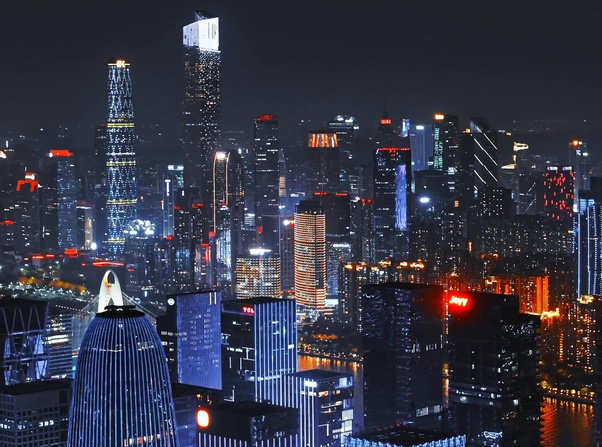

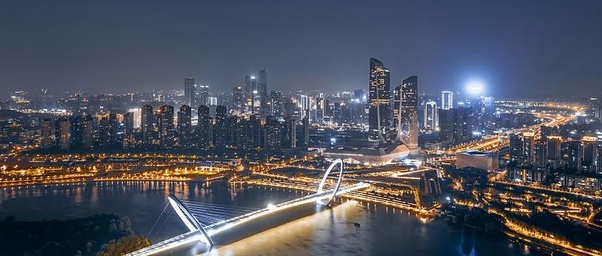

This is also China

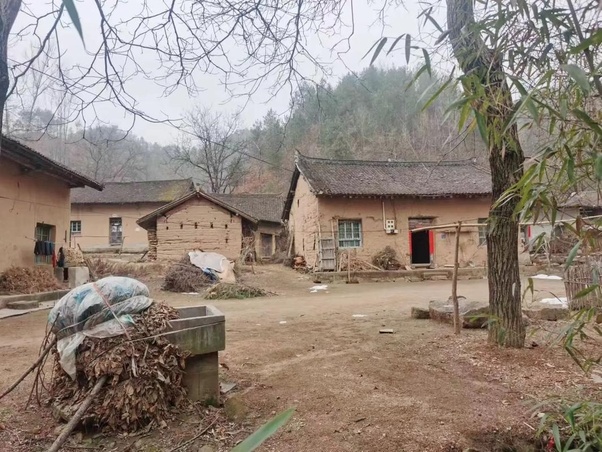


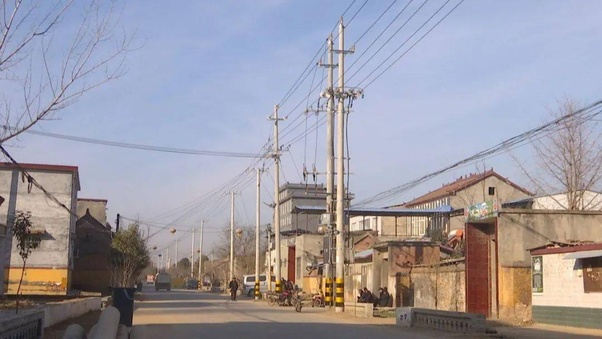
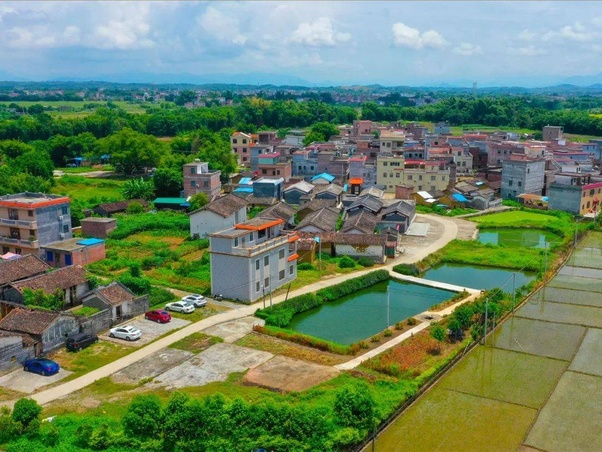
China has 4 municipalities, 293 prefecture-level cities, 394 county-level cities, and 1,301 counties. The total population of China’s counties is 1.037 billion, accounting for about 75% of the country’s total population. County towns are more representative of the living conditions of Chinese people.
This is China’s most powerful county town – Kunshan City, Jiangsu Province. In 2022, Kunshan City’s GDP was US$78.59 billion, not much different from Belarus (US$79.75 billion), the world’s 79th largest economy.

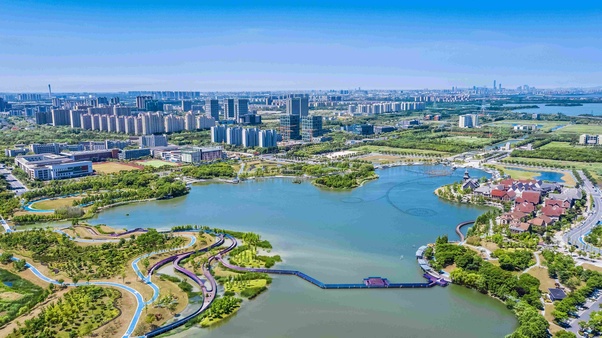
This is the weakest county in China – Guanghe County, Linxia Hui Autonomous Prefecture, Gansu Province. In 2022, Guanghe County’s GDP was only 340 million US dollars, and Kunshan City’s GDP was 235 times that of Guanghe County.
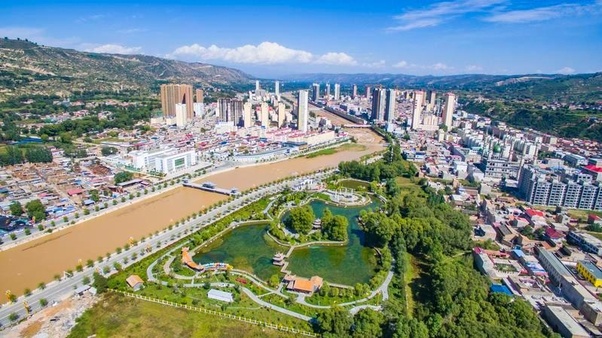
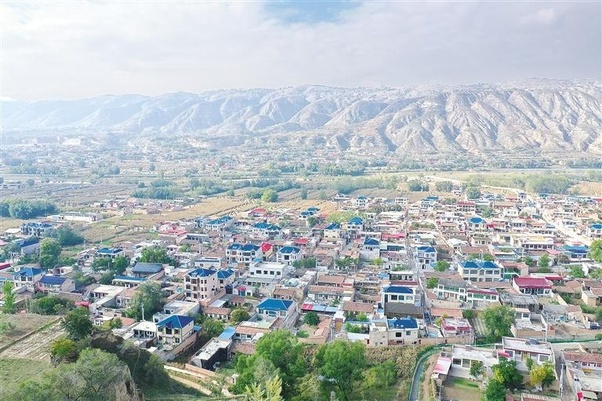
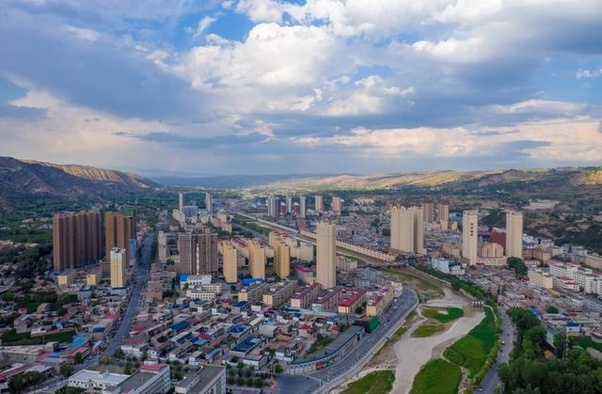
This is the county-level city where I was born – Lianjiang City, Zhanjiang City. Zhanjiang City is one of the 70 third-tier cities in China, and Lianjiang City is a county-level city under the jurisdiction of Zhanjiang City. But Zhanjiang City is often regarded as a magical city in China because of its very advantageous geographical location, the urban construction level of a second-tier city, but its economic strength is only that of a third-tier city.
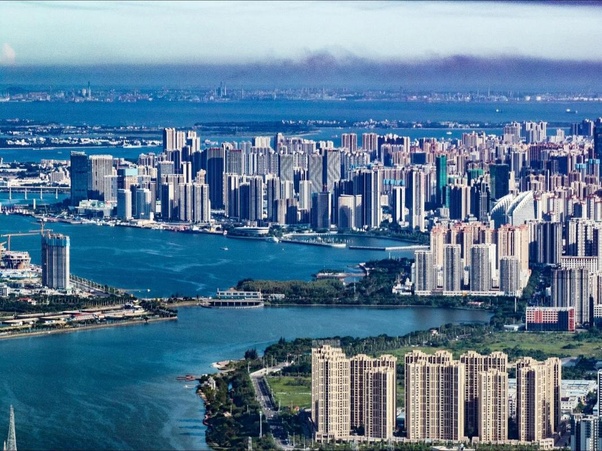
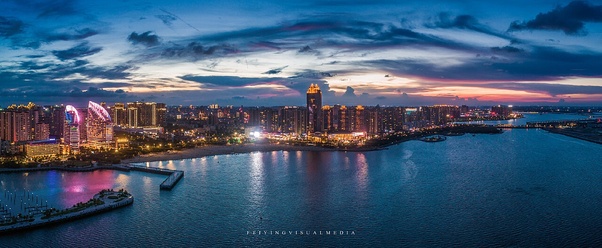
In 2023, the GDP of Lianjiang City is about 7.8 billion US dollars. If Lianjiang City is regarded as a country, it is not much different from Bermuda, which ranks 156th in GDP. Lianjiang City is a well-known small household appliance industry base in China, the hometown of Chinese rice cookers, and the hometown of Chinese red oranges. The output of rice cookers and electric kettles in Lianjiang City accounts for 30% of the total output in China, but the economic pillar of Lianjiang City is still mainly agriculture.
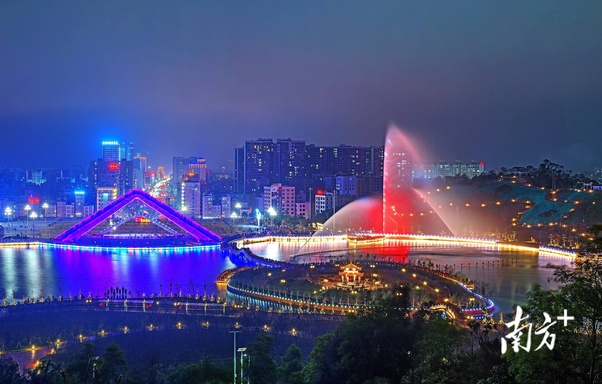
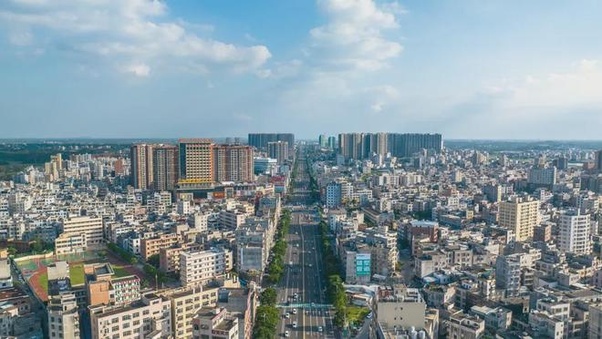
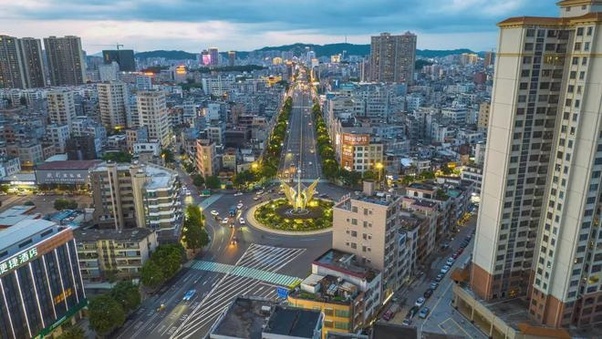
It can be seen that some cities in China are indeed developed, but not as developed as everyone imagines. This is relative. There are still many backward areas in China, and their living standards are still far behind those in developed areas. The Chinese people are very aware of these gaps, and the Chinese government also understands that to truly become a “superpower”, it needs to continue to develop.
In 1978, 770 million people in China were in extreme poverty. China launched the poverty alleviation project in 1986, proposed targeted poverty alleviation in 2014, and ended poverty alleviation in 2020! Today in 2024, there are still 26.88 million poor people in China, and the poverty rate is about 1.91%. The incidence of poverty has also dropped from 10.2% to 2.8%. Although the proportion of poor people in China is not high, the base of 26.88 million poor people is almost equivalent to the population of Mozambique.
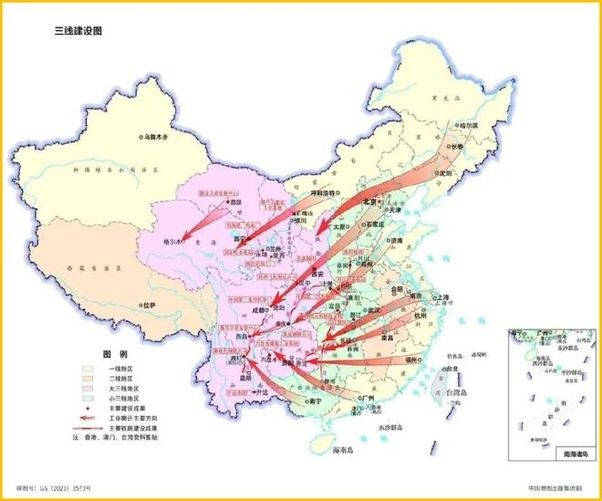
On September 25, 2024, the Chinese government introduced a new policy to “guide the orderly transfer of capital, technology and labor-intensive industries from the east to the central and western regions, and from central cities to the hinterland”. The Chinese people interpret this policy as follows:
1. The economic development between the east and the west is extremely unbalanced-the 12 western provinces account for 71.47% of the country’s area, but only 21.53% of GDP; while the eastern coastal cities account for 9.53% of the land area and contribute 52.13% of GDP. For example, Guangdong Province, Jiangsu Province, etc. If Guangdong Province is assumed to be a country, it will surpass Italy, Canada and other countries and rank 8th in the world. Therefore, the country decided to transfer capital, technology and labor-intensive industries in coastal cities to the west to help the west develop and get rid of poverty.
2. It can further consolidate China’s industrial security. Many Chinese companies have transferred their industries to Southeast Asia and South Asia. The most fundamental reason is that the local labor costs are relatively low. However, with the influx of a large number of companies, the labor costs in Southeast Asia are also rising rapidly. For example, Vietnam’s current labor costs have actually risen to the same level as those in western China. China has a huge labor force, with a national labor force of nearly 760 million, which is more than the total population of 11 Southeast Asian countries. The labor force in these regions is limited, and the influx of a large number of industries will inevitably cause a labor gap. If China’s industries blindly transfer out, it will only be a dilemma.
3. The world situation is changing rapidly, the environment is deteriorating, the “old empire” is on the verge of death, and the dark cloud of war hangs over everyone’s head. China’s industrial base is basically concentrated in developed coastal cities. If war comes, China’s coastal industrial base is likely to be hit, and China’s western cities such as Sichuan and Chongqing are China’s hinterland. China regards these two provinces as the foundation of China. As long as these two provinces are not destroyed, China will always exist.
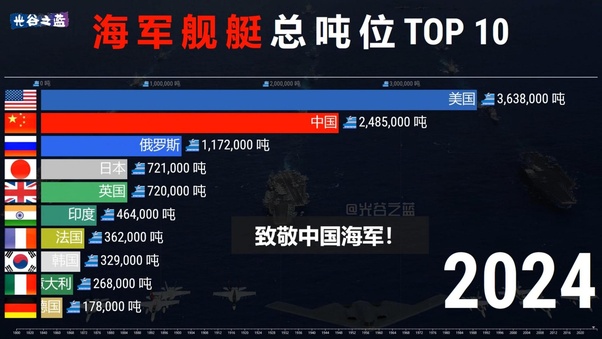
有人说,中国之所以无法成为世界强国,是因为它没有庞大的海军,但事实是什么呢?
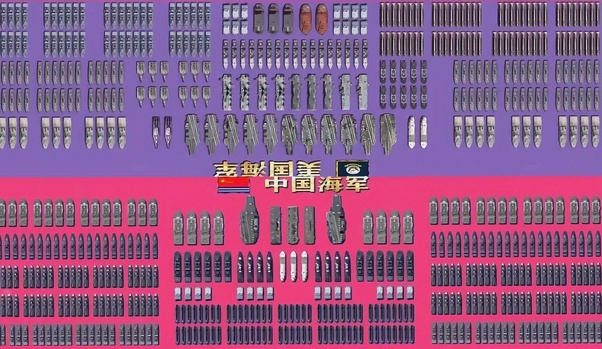
China has the world’s second largest navy with a total displacement of 2.48 million tons, and has almost the most advanced destroyers, 10 Type 055 destroyers, 52 Type 052 destroyers, 4 Type 075 amphibious assault ships, and 3 aircraft carriers (excluding those under construction)
In 2023, China’s shipbuilding completion volume, new orders and backlog orders accounted for 50.2%, 66.6% and 55.0% of the global total respectively, and the international market share of various indicators ranked first in the world. This also means that one out of every two new ships built in the world is made in China. This year, China’s shipbuilding momentum remains strong. Clarkson’s latest statistics show that in August 2024, the world’s new orders were 150, and Chinese shipyards received 141 ships, accounting for 93.07% of the global new ship orders. In addition, from the new orders signed from January to August 2024, China’s new orders were 1,106, accounting for 67.18% of the global new ship orders.
Looking at this issue from another angle, given that China has such a strong shipbuilding capability, it is not that China does not have a blue-water navy, but whether China wants to have a blue-water navy. For example, China’s 003 aircraft carrier “Fujian” officially began construction in 2018, was launched for testing in 2022, and conducted its first sea trial in 2024. It is expected to be officially put into service in 2025. It only takes 7 years for an aircraft carrier to be built and put into service.
As of 2024, the US Navy has 243 active ships, including 11 aircraft carriers, 68 destroyers, 22 cruisers and dozens of submarines. At present, the total number of Chinese naval ships has exceeded 400, but it is difficult to see China building ocean-going ships. If China hopes to export influence through its strong maritime military strength, shouldn’t China build more ocean-going ships?
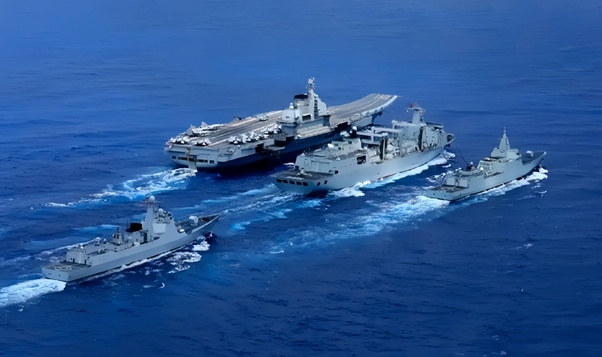
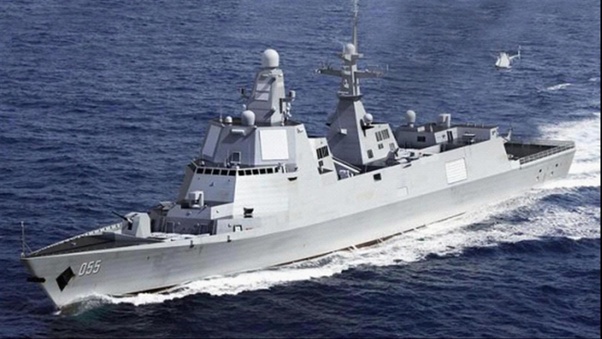
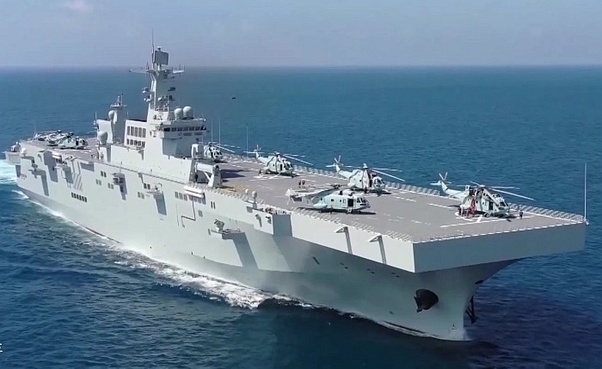
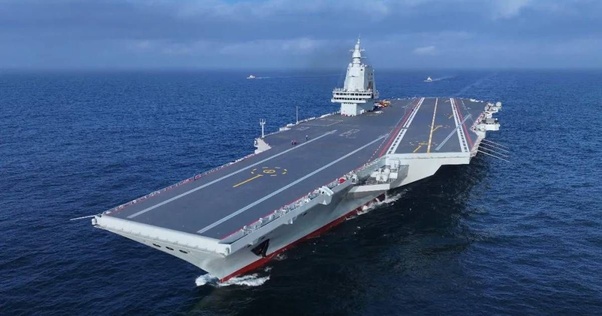
China has always advocated non-interference in the internal affairs of other countries and adhered to the principle of not firing the first shot. China has invested such a large military budget more for homeland defense, so you basically don’t see Chinese warships hanging out at other people’s doorsteps. These countries have found an absurd excuse for such behavior: “freedom of navigation.” When the roles were reversed, when China’s 052D “Yinchuan” appeared on the west coast of the United States, the United States was worried that the “Yinchuan” would open fire on it. This is ridiculous, isn’t it?
There is a joke circulating on the Chinese Internet. Japan and South Korea questioned whether China invested such a huge military budget because it wanted to invade other countries, while a netizen from a Western country said: “China invested so much military budget just to prevent your father (the United States) from messing around.”
So does China really lack a blue water navy? Does it need one? Yes! But compared to a blue water navy, these weapons are more important!
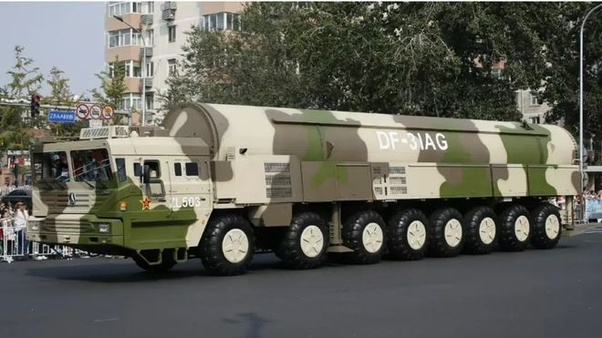

Also on September 25, 2024, China launched the Dongfeng 31AG. This missile completed a complete range of 12,000 km. What does this mean?
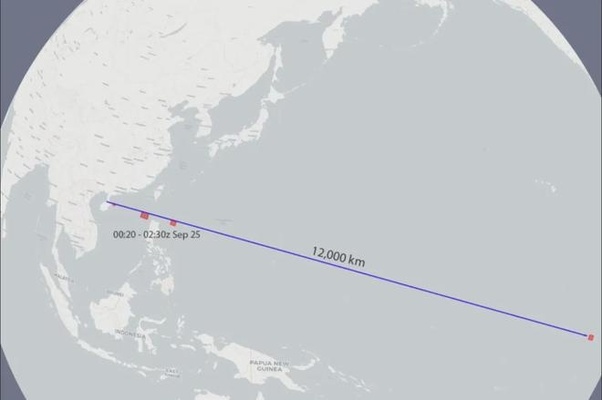
If the Dongfang 31AG is launched from Hainan, China, it can reach the mainland of the United States at 12,000 km. Utah, Idaho, California, and the entire west coast of the United States are within its range.

If the launch site is chosen in eastern China, the DF-31AG will cover the entire United States.

Why did China test-fire the DF-31AG at this time? The Chinese speculate that:
1. When the DF-31 was being developed, Guo Wanjun, the participant in the project, was bribed by the United States and Taiwan, and leaked all the research and development data of the Dongfang 31. The DF-31AG is an improved version of the DF-31. Choosing this intercontinental missile is more to tell some countries that even if you know the research and development data of this missile, you can’t intercept it.
2. The international situation has been turbulent in recent years, and every corner of the world is full of gunpowder. The war between Russia and Ukraine, the war between Israel and the Middle East, and the border friction between China and India, but these wars can’t really affect China. In October this year, North Korea and South Korea are on the verge of being ignited. The Chinese believe that this is some countries wanting to fight a proxy war around China, and he can hide on the big island in North America to avoid the local war, but can enjoy the benefits of the war.
3. The Chinese believe that the significance of launching the Dongfang 31AG is to tell certain countries that as long as you dare to provoke a proxy war around China, you can’t hide behind others. My weapons can cover your entire territory. As long as you provoke a war, your homeland will also become a ruin, and you can’t escape!
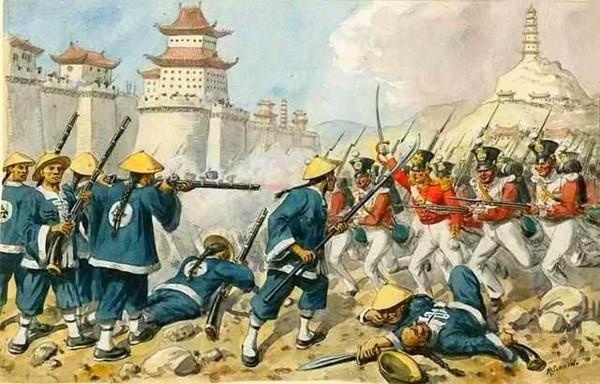
In addition, the Chinese people and the Chinese government have a very thorough understanding of themselves. China is a developing country with uneven development and nearly 30 million poor people. The Chinese people are very clear about this fact. Of course, the Chinese people are also proud of their achievements.
The Chinese understand that there are still many problems to be solved. China is now in a critical stage of transformation, which is related to China’s subsequent destiny, such as:
1. China has a very large land and population, but its natural resources are too few for such a large population, so that China is very dependent on energy imports.
2. The transformation of industrial upgrading is not smooth, mainly due to the obstruction of the international situation and some countries. Real estate used to be China’s “reservoir”, but now the real estate industry is gradually weakening. Overseas investment, infrastructure and talent training are gradually becoming China’s new “reservoir”. In the past 10 years, China has trained a large number of higher education talents, but due to the unsuccessful industrial transformation, many higher education talents cannot play a role in suitable positions for them.
3. China is entering an aging society, and China’s demographic dividend is disappearing. China’s population over 60 years old accounts for 21.1% of the country. At the same time, the decrease in the number of newborns has also brought great problems.
4. Chinese people attach great importance to the concept of “home”. Chinese young people often need to spend the most money at the best age. China’s traditional culture requires buying a house, getting married, and raising children at the youngest age. Can you imagine a Chinese young man in his 20s needing to spend more than 1 million yuan? This realization has put increasing social pressure on society, and young people are less and less willing to get married.
Of course, there are many, many problems, and every country is the same, so the Chinese look at all the problems they encounter very soberly. China’s Confucian education makes them more humble, and the humiliation education in modern times also makes it more difficult for them to shout slogans such as “We are a world power”, because the Chinese understand that they can’t afford to lose this game, and the United States is the same.
The biggest difference between China and other countries is that China often adopts “humiliation education”. Chinese people always educate their children from an early age, telling them the various humiliations their ancestors experienced, so that they can remember history more deeply and learn lessons from history. However, some countries always emphasize national pride, which often blinds the eyes of their citizens and prevents them from correctly viewing themselves and other countries. Of course, national pride is very important, but I think that if your national pride is created by distorting history and creating hostility, it is worthless.
In 1931, Stalin said: “If you fall behind, you will be beaten.” Chinese-style education has made every Chinese feel the true meaning of this sentence. From the defeat of the Anti-Japanese War in 1894 to the “September 18th Incident” in 1931, China’s Northeast region was invaded by foreign forces in turn. China’s education for so many years has also implemented “humiliation education.” Chinese adults and teachers even told kindergarten children that China suffered humiliation from 1840 to 1949.
Why? Because we fell behind in those 100 years, so we were humiliated for a full 100 years!
The advantages and disadvantages of China’s “humiliation education” are very obvious. The advantage is that it allows the Chinese to learn lessons from history and makes the Chinese afraid of war, because we don’t want war anymore, we don’t want bloodshed, and we don’t want to see our families die. The disadvantage is that based on the high-intensity “humiliation education”, although the Chinese are afraid of war, they are more sensitive to bullying. Whenever some countries are strolling around at China’s doorstep with guns and ammunition, the Chinese people’s insecurity will overcome reason. They are afraid that history 100 years ago will repeat itself, and they hope to take the initiative to eliminate these threats. There is also a joke in China: “There are only two kinds of people in China. The first kind is hawks, and the second kind is extreme hawks who dislike hawks for not being hawkish enough. The Chinese government is a peace-loving person. When public opinion is high, the government often tells the people that they need to be rational. We don’t want war, and we have no intention of invading any country.”
People from other countries may not understand the romance of the Chinese. Whenever China announces a new weapon, the Chinese will call 81192 to return. Why? On April 1, 2001, a US reconnaissance plane EP-3E violated our South China Sea airspace. The Chinese military sent two planes to track and intercept. The US plane violated flight rules and suddenly turned, crashing the plane driven by Wang Wei. He was forced to parachute into the sea. More than 100,000 search and rescue personnel were dispatched, and the navy dispatched 13 ships and 115 aircraft to search repeatedly for 14 days and nights within an area of more than 80,000 square kilometers. Unfortunately, the hard search did not bring back the flying hero, and Wang Wei’s life was forever frozen at the age of 33. The Chinese people’s “fear of insufficient firepower” has deepened again. Whenever new weapons are announced, such as the 001, 002 and 003 aircraft carriers, J10, J20, and J35A fighter jets, and Y-20 transport aircraft, the Chinese will call 81192 to return home, because we now have more advanced weapons and you can return home. We will continue to protect China on your behalf. You no longer need to protect us by ramming because you are driving backward aircraft.
In China, many young people also say: “It is wrong to say that backwardness means being beaten. Backwardness does not necessarily mean being beaten!” They give many examples, such as the Central African Republic is also backward, why is it not beaten? The Democratic Republic of the Congo is also backward, why is it not beaten? Somalia is also backward, why is it not beaten? Is this really the case?
It’s not that they are backward and won’t be beaten, but for the countries that have the ability to crush them, defeating them is worthless. But China is different. If China is defeated, for some countries, this is the most delicious food in the world. Think about the 35 trillion US dollars of debt in the United States, think about who is behind the recent wars around the world, and think about why they do so. Because if there is no more bloodshed caused by war, then for vampires, it is the day of death.China cannot become a superpower in a short period of time, and I think President Xi has no intention of making China a superpower. President Hu once proposed the concept of “a community with a shared future for mankind”, and President Xi is practicing this concept, because we all live on this planet, and if a disaster comes, no one can be spared.


